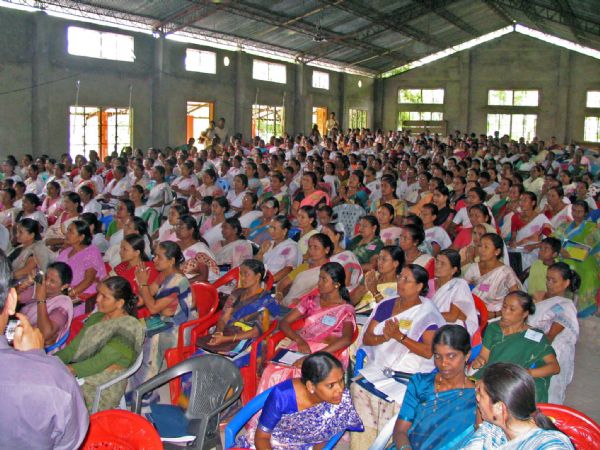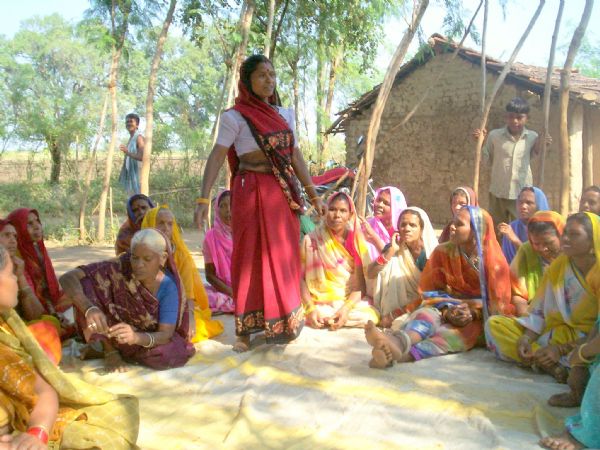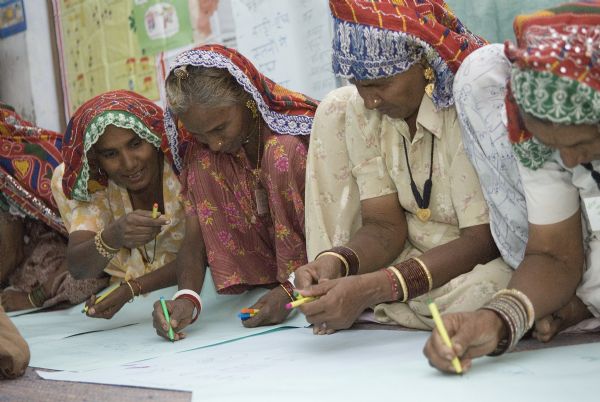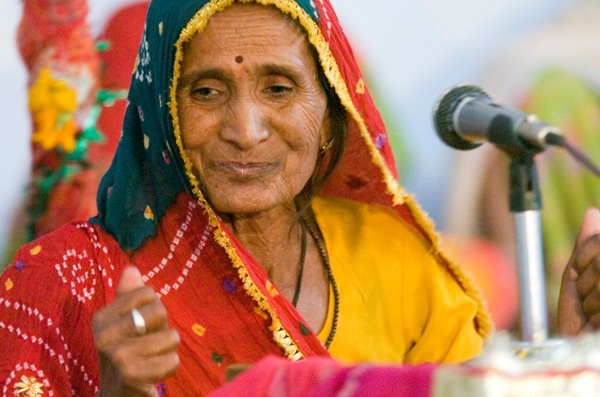Two Million Women Leaders and Counting
Indian Women Participate in Their Local Government
When Mahatma Gandhi envisioned a truly independent and democratic India, he envisioned gram swaraj-village self-rule. For Gandhi, true village autonomy meant that all adults--women and men--work together to ensure their village's self-reliance in meeting basic needs.
The Opportunity
In 1993, more than 45 years after India obtained independence, the constitution was amended to potentially realize Gandhi's dreams of gram swaraj. The constitutional amendment strengthened the panchayati rajsystem--India's system of local government--and mandated that one-third of all panchayat (local government) seats and one-third of all panchayat presidencies be reserved for women. Unbeknownst to most of humanity, this launched one of the most revolutionary social experiments of our age.
The PossibilityNow, fifteen years after the constitutional amendment, more than two million rural women have sat at the local government decision-making table. Because women are traditionally responsible for meeting their families' basic needs, their contribution to local government has been crucial.
It is clear that women's leadership in panchayats is transforming India. These elected women--now role models to the other women in their communities--are altering the development agenda to address issues critical to village life.
The success stories number in the millions. Women throughout India--from Orissa to Assam to Uttar Pradesh to Bihar--are ensuring that roads are repaired, electricity is brought to their villages, schools are built, latrines installed, medical services are available, water sources are made safe, local savings groups are formed, and the list goes on and on.
For example, Vibhavari, the president of her panchayat in Maharashtra, reports that "I have successfully expanded the village school building. There is clean drinking water." She continues, "I am happy. I feel that I am doing something that is meaningful. I was not used to talking in public, but now that I am informed and more confident, I speak up."
Pranita Jangam, another elected woman panchayat leader in Maharashtra remarks that through her leadership "homes in my village that have been dark for decades now have light. We have stopped the sale of alcohol in my village. Women used to be beaten up by their husbands under the influence and this situation destroyed many homes."
To have even greater impact, especially when dealing with bureaucratic obstacles, these women form federations with other elected women representatives. The federations provide mutual support and rally thousands of elected women to demand policy change on a larger scale.
In addition, having women as at least one-third of all local elected representatives is beginning to transform gender relations and call into question the deeply entrenched patriarchal system. Old prejudices are dissolving and new partnerships between women and men are developing.
For example, one man from Maharashtra who works with women panchayat leaders said that "I realized when I started working with these women leaders that I needed to begin my work at home." He has started to view his relationship with his wife as a partnership and has begun doing household chores--something he never imagined he would do.
The ChallengeThe successes of women panchayat leaders number in the millions. At the same time, forces of opposition are plentiful. These women leaders, like all rural Indian women, face cradle to grave discrimination.
Elected women representatives are often perceived as puppets of men. Yet, women panchayat leaders say that "women are beginning to cut those [puppet] strings." The Hunger Project has worked with tens of thousands of these women and has observed that once women come into power, the overwhelming majority make their decisions independently.
Additionally, far too many elected women panchayat members are threatened with or endure violence--they are beaten, raped and murdered. Women risk their lives to become panchayat leaders. For example, several years ago, a low caste woman named Leelavathy opposed an upper caste man in the elections of their panchayat in Tamil Nadu. He threatened to kill her if she won. She won and he kept his promise.
However, threats and acts of violence are not stopping women. In the case of Leelavathy, her murder inspired her daughter to take action. In the face of this tragedy her daughter vowed that "I will stand for her seat in the next election." She did, she won, and served as a panchayat leader in her village.
The PromiseIt is clear that this revolutionary social experiment is yielding convincing results. At the same time, we have only just begun to see what can happen. Margaret Alva, a leader in Indian politics, has said "we've just begun to involve fifty percent of the population. The forces of change are on the move. Women's confidence is building and there is no going back."
Pranita Jangam agrees: "The results we produce are gold--they change lives forever...You have not yet seen what we women can do. Just watch!"





